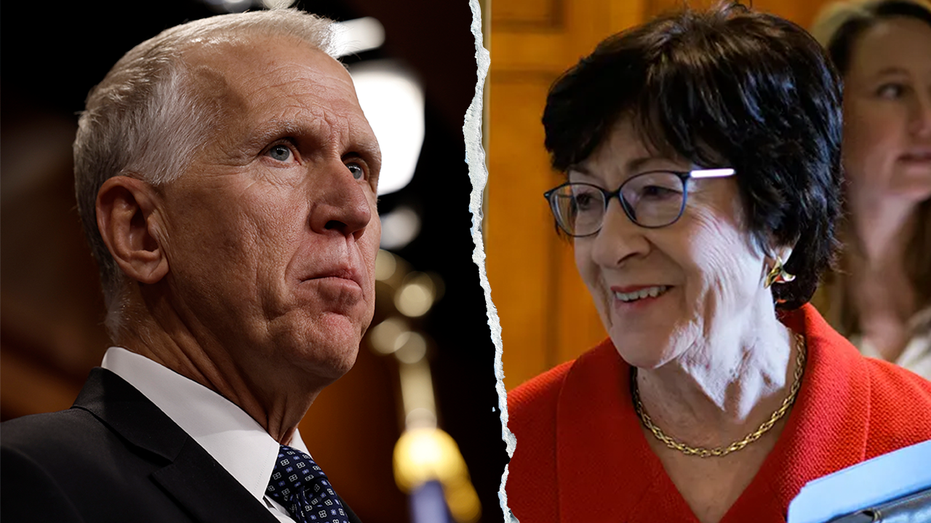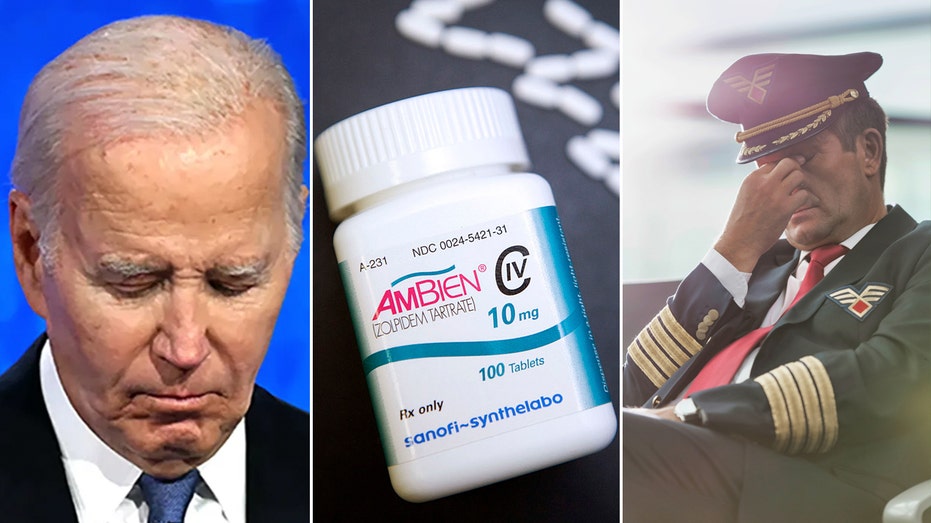The Clock Is Ticking for Vulnerable Senate Republicans in 2026

Sarah Johnson
March 31, 2025
Brief
The 2026 U.S. Senate midterm elections could tip the balance of power, with key battleground states, vulnerable GOP incumbents, and both parties preparing for intense contests.
As the 2026 midterm elections loom, all eyes are on the 35 U.S. Senate seats up for grabs. With four battleground states poised to swing the balance of power, the stakes couldn't be higher for Republicans who currently hold a slim majority in the Senate. The GOP's grip on the legislative branch—and by extension, all three branches of government—during the latter half of President Donald Trump’s term is under serious threat.
Currently, Republicans control the Senate with a 53-47 majority, including two independents who caucus with Democrats. But several GOP senators, including Thom Tillis of North Carolina, Susan Collins of Maine, Jon Husted of Ohio, John Cornyn of Texas, and Bill Cassidy of Louisiana, are bracing for intense reelection battles.
On the Democratic side, Sen. Kristen Gillibrand, D-N.Y., has taken the reins of the Democratic Senatorial Campaign Committee (DSCC), with Sens. Mark Kelly, Adam Schiff, and Lisa Blunt Rochester serving as vice chairs. The DSCC has yet to announce specific races it will target, but the committee is clearly gearing up for an aggressive push. "Democrats have a Senate map that is ripe with offensive opportunities," DSCC spokesman David Bergstein said, citing a hostile political environment for Republicans.
Senators like Thom Tillis are emblematic of the challenges facing the GOP. Tillis, a self-described moderate, has earned bipartisan praise for his positions on issues like Ukraine funding and gun control. But these stances have also earned him the ire of hardline conservatives and even led to his censure by the North Carolina GOP. As Tillis struggles to appeal to both centrists and Trump loyalists, his upcoming race has been rated "lean Republican" by the Cook Political Report.
Meanwhile, Susan Collins, a longtime senator from Maine, finds herself in similarly precarious territory. Known for her moderate positions and criticism of Trump, Collins has managed to navigate Maine’s unique political landscape for decades. But with Democratic and Independent challengers already lining up, Collins faces a tough fight to maintain her seat. The Cook Political Report also rates her race as "lean Republican."
Ohio’s Jon Husted presents a different scenario. Appointed to fill the seat left vacant by Vice President JD Vance, Husted will have to campaign for a special election in 2026 to keep his spot through 2029. While the Cook Political Report rates this race as "likely Republican," Husted’s lack of an electoral mandate could complicate his path.
In Texas, Sen. John Cornyn faces potential primary challenges from Trump allies like Rep. Wesley Hunt and Attorney General Ken Paxton. Although Cornyn’s race is considered "solid Republican," the prospect of GOP infighting could make his reelection bid anything but smooth.
Louisiana’s Bill Cassidy rounds out the list of vulnerable senators. Cassidy, who alienated Trump loyalists by voting to convict the former president during his 2021 impeachment trial, faces a declared challenger in State Treasurer John Fleming. While Cassidy’s medical background and moderate stances have earned him respect, they’ve also made him a target within the GOP. His race is shaping up to be one of the most contentious.
Adding to the drama, the National Republican Senatorial Committee (NRSC) has identified Georgia, Michigan, New Hampshire, and Minnesota as key battleground states to potentially expand their majority. "Every battleground state is in play, and we play to win," NRSC regional secretary Nick Puglia said.
With the political landscape shifting and midterm dynamics historically favoring the party out of power, Democrats are sharpening their strategies to exploit GOP vulnerabilities. And with Republicans facing challenges from both within their party and externally, the 2026 midterms are shaping up to be a high-stakes showdown.
Topics
Editor's Comments
If I were a GOP strategist, I’d be sweating bullets right now. The party’s infighting and ideological splits are practically gift-wrapped opportunities for Democrats. And let’s not forget the Senate’s unique dynamics—moderates like Tillis and Collins are trying to thread the needle between appeasing Trump’s base and maintaining broader appeal. It’s like watching someone juggle flaming torches while riding a unicycle. Good luck!
Like this article? Share it with your friends!
If you find this article interesting, feel free to share it with your friends!
Thank you for your support! Sharing is the greatest encouragement for us.



